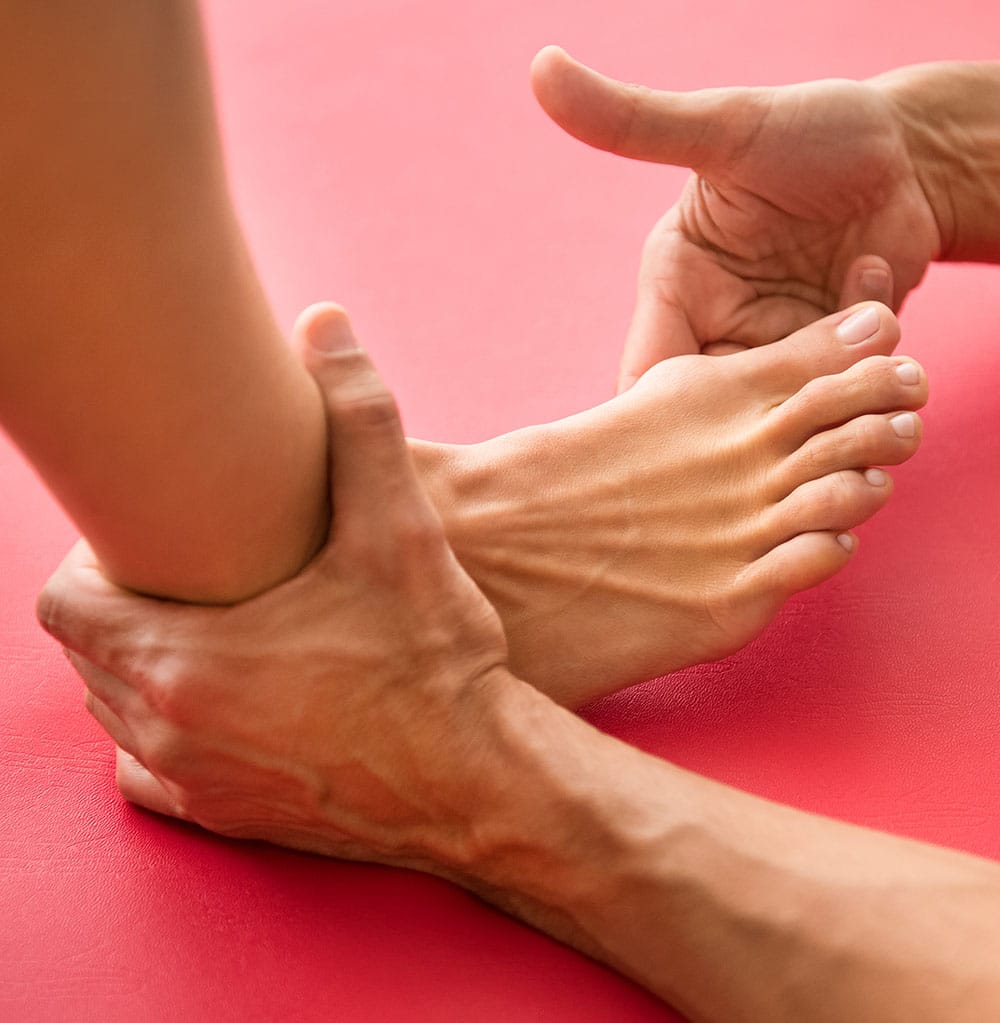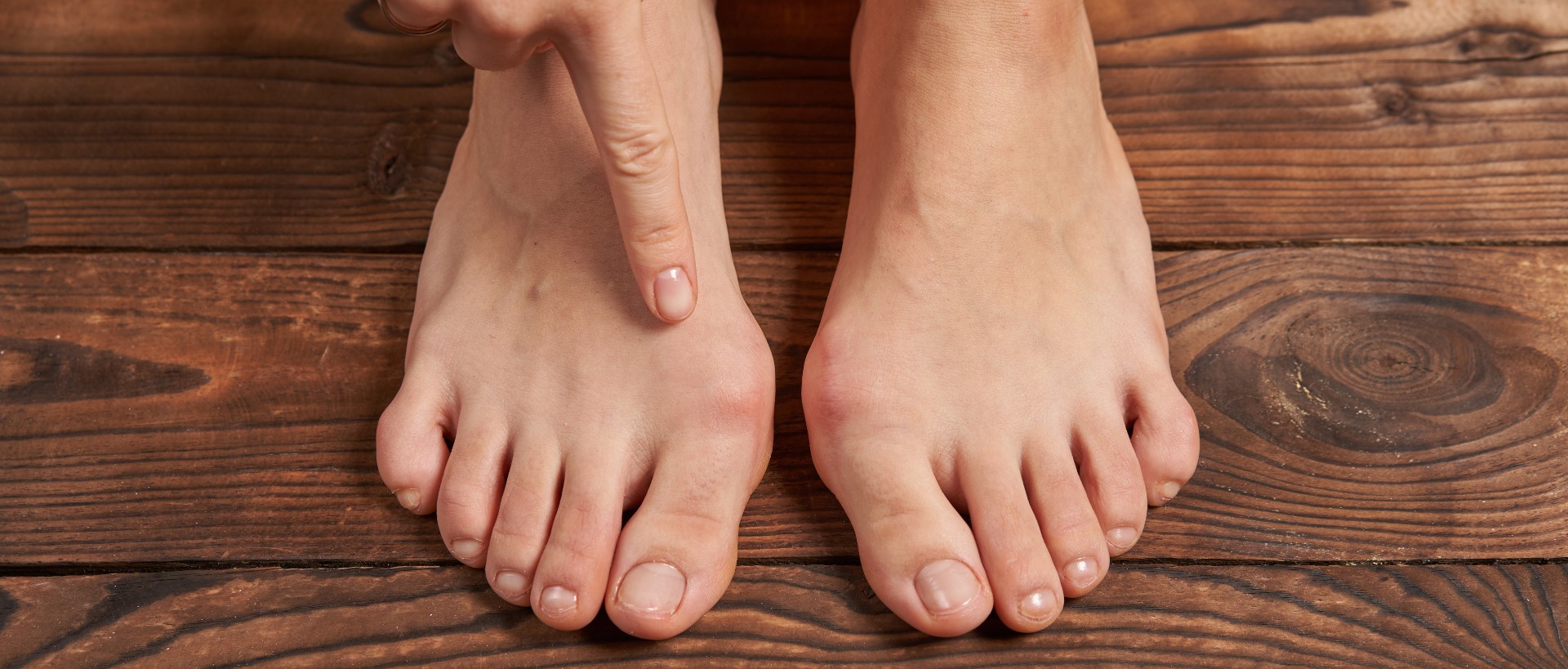Foot Deformities
Foot deformities such as bunions, hammertoes, flat feet, and others often develop gradually. At first, they might seem like a minor nuisance, but over time, these conditions can cause persistent pain, limit your activity, and make everyday footwear uncomfortable. Early diagnosis and treatment can prevent these issues from progressing.
Common Foot Deformities & Their Symptoms
Bunions & Bunionettes
Bunions are bony bumps that form at the base of the big toe joint due to joint misalignment. This misalignment gradually forces the big toe to angle toward the second toe, often resulting in inflammation, joint stiffness, and persistent discomfort. Bunionettes (or tailor’s bunions) are similar, but they develop at the base of the fifth toe. Contributing factors include inherited foot structure, poor footwear, and imbalances in foot mechanics.
Hammertoes & Mallet Toes
Hammertoes develop when the middle joint of a toe bends downward abnormally, while mallet toes affect the joint closest to the tip of the toe. These deformities often stem from uneven muscle strength, inherited foot characteristics, and prolonged use of ill-fitting or restrictive shoes. Early on, these deformities may remain flexible, but over time, the joints become rigid and painful, often leading to corns, calluses, and difficulty wearing shoes.
Flat Feet (Fallen Arches)
Flat feet can be congenital (present from birth) or acquired due to aging, obesity, injuries, or arthritis. When the arch collapses, it increases strain on the heel, ankle, and lower leg. Common signs include aching arches, tired or sore feet after walking, and challenges with stability or maintaining proper foot alignment.
Hallux Rigidus (Stiff Big Toe)
This condition is caused by arthritis in the joint at the base of the big toe. In the early stages, symptoms include stiffness and pain during activities such as walking or squatting. As it worsens, bone spurs may develop, and the altered gait can cause pain to radiate up to the knees, hips, or back.
Second Toe Capsulitis (“Crossover Toe”)
Capsulitis occurs when the ligaments around the toe joint become inflamed or overstressed, often affecting the second toe. If untreated, the joint becomes unstable, leading to the toe drifting and potentially crossing over the adjacent toe. Symptoms include swelling, burning pain in the ball of the foot, and instability while walking.
Charcot Foot (Diabetic Foot Collapse)
Charcot foot is a severe, diabetes-related deformity caused by neuropathy and weakened bones. Minor fractures go unnoticed due to nerve damage, and continued weight-bearing worsens the damage. The continued breakdown of bone structure leads to a visibly collapsed foot with a distinctive, rounded, rocker-bottom shape. Early signs include redness, warmth, and swelling. If left untreated, Charcot foot can progress to severe infections and increase the risk of limb loss through amputation.
What Causes Foot Deformities?
- Genetics: Inherited structural traits like flat feet or long second toes can increase risk.
- Footwear Choices: High heels, narrow-toed shoes, or unsupportive footwear can accelerate deformity development.
- Injuries & Overuse: Repetitive stress and trauma weaken joints and ligaments, destabilizing foot structure.
- Health Conditions: Arthritis, diabetes, and neuromuscular disorders contribute to deformity progression.
Non-Surgical Treatment Options for Foot Deformities
Early intervention is key. Conservative treatments can slow progression, relieve pain, and in some cases, delay or eliminate the need for surgery:
- Custom Orthotics: Provide arch support, reduce joint pressure, and improve foot alignment.
- Taping & Splinting: Help maintain joint position and provide temporary relief.
- Stretching & Strengthening Exercises: Improve muscle balance and flexibility.
- Footwear Modifications: Wearing well-cushioned, supportive shoes with ample toe space can minimize pressure and discomfort caused by foot deformities.
- Pain Management: Ice therapy, anti-inflammatory medications, and physical therapy.

Surgical Treatment for Foot Deformities
When conservative care isn’t enough, surgical intervention may be the best solution to restore proper alignment and function. Our board-certified surgeons specialize in advanced reconstructive procedures.
Recovery times vary depending on the procedure, but most patients experience significant improvements in pain and mobility.
Why Choose Comprehensive Foot and Ankle Centers?
- Expertise in diagnosing and treating all types of foot deformities.
- Personalized treatment plans tailored to your lifestyle and activity goals.
- Advanced surgical option, including minimally invasive techniques.
- Convenient locations across Metro Kansas City.
Take the First Step Toward Relief
If you’re noticing early signs of foot deformities or are already experiencing discomfort, don’t wait for the condition to worsen. Early treatment can save you years of pain and help you return to the activities you love.
Call Comprehensive Foot and Ankle Centers at (816) 455-1155 to schedule your appointment today.


